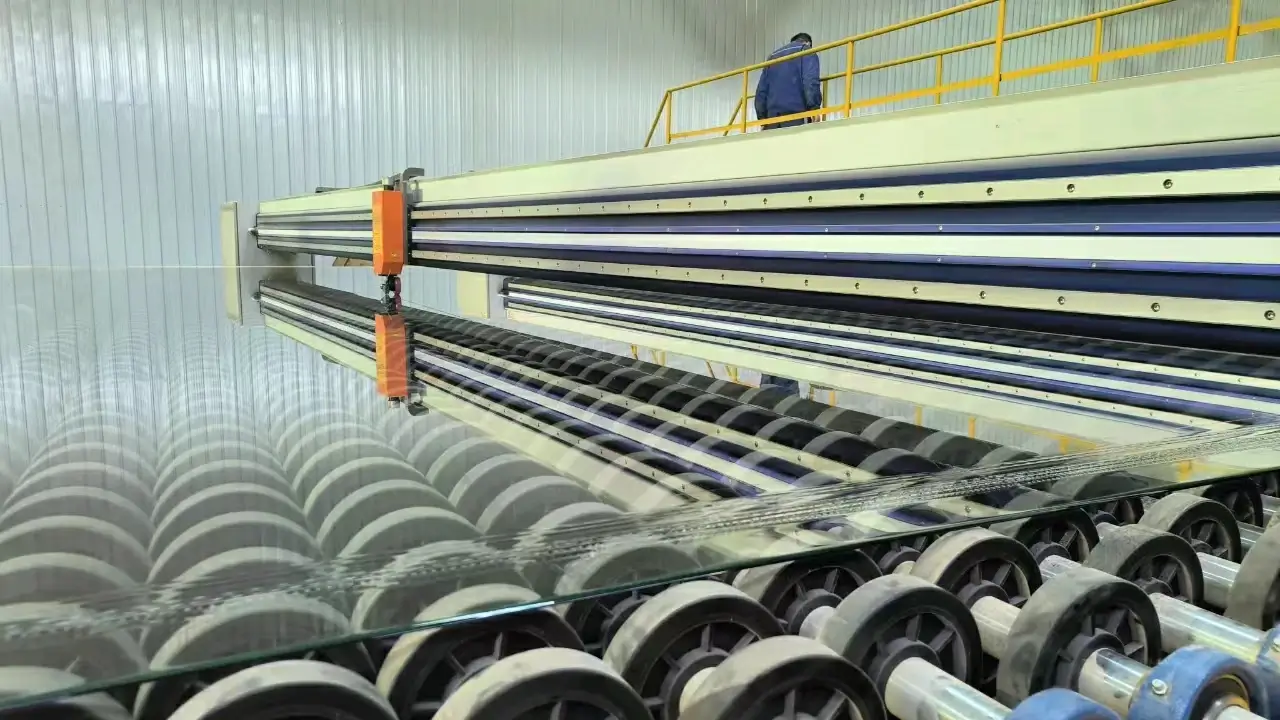

Exploring the Benefits of Triple Silver Low-E Glass
In the realm of modern architecture and energy efficiency, triple silver low-emissivity (Low-E) glass has emerged as a revolutionary product. This advanced glazing solution is specially designed to enhance thermal performance while optimizing natural light entry. To understand its significance, let’s explore what triple silver Low-E glass is, how it works, and why it’s a game-changer for buildings of all types.
What is Triple Silver Low-E Glass?
Triple silver Low-E glass is a type of insulated glass unit (IGU) that is coated with multiple layers of silver and other metallic oxides. Typically sandwiched between two layers of standard glass, the coatings serve to reflect solar energy, reduce heat loss, and maintain indoor temperatures. The term “triple silver” refers to the three layers of silver applied during the manufacturing process, which significantly enhances the glass's thermal performance compared to standard Low-E coatings.
How Does It Work?
Triple silver Low-E glass functions through a simple yet effective principle of controlling the passage of solar energy and heat. The silver layers reflect long-wave infrared radiation back into the building, keeping interiors warm during winter, while also reflecting solar heat away in the summer. This means that buildings can maintain a comfortable climate year-round without excessive reliance on heating and cooling systems.
Additionally, triple silver Low-E glass allows ample natural light to enter while blocking harmful UV rays that can damage furnishings and interiors. This dual advantage makes it an ideal choice for commercial buildings, residential spaces, and even specialized facilities such as museums and art galleries.
Benefits of Triple Silver Low-E Glass

1. Energy Efficiency One of the most significant benefits of triple silver Low-E glass is its outstanding energy efficiency. Buildings equipped with this glazing can achieve substantial reductions in heating and cooling costs, often leading to lower utility bills and a lower ecological footprint.
2. Comfort With enhanced thermal insulation, occupants enjoy a more consistent indoor climate. This not only contributes to comfort but can increase productivity, especially in commercial environments where temperature fluctuations can be distracting.
3. Aesthetic Appeal The clarity and transparency of triple silver Low-E glass create modern and appealing facades. Architects love its ability to blend functionality with design, allowing for expansive glass walls and windows while ensuring energy efficiency.
4. Durability and Longevity The coatings applied to triple silver Low-E glass are designed to resist corrosion and other forms of wear, ensuring that the glass maintains its effectiveness over time. This durability offers long-term value for building owners and investors.
5. Sustainability By reducing energy consumption, triple silver Low-E glass contributes to a more sustainable environment. Many buildings seeking LEED certification or other green building accolades utilize this glass to demonstrate commitment to environmentally friendly practices.
Conclusion
In conclusion, triple silver low-emissivity glass stands at the forefront of energy-efficient building materials. With its impressive thermal performance, aesthetic versatility, and contribution to occupant comfort, it represents an ideal solution for those looking to create sustainable and stylish structures. As we continue to turn towards more energy-conscious designs, triple silver Low-E glass will undoubtedly play a pivotal role in shaping the future of architecture and construction. Whether for a new build or a renovation project, investing in this innovative glazing option is a wise choice for any architect or builder committed to excellence.